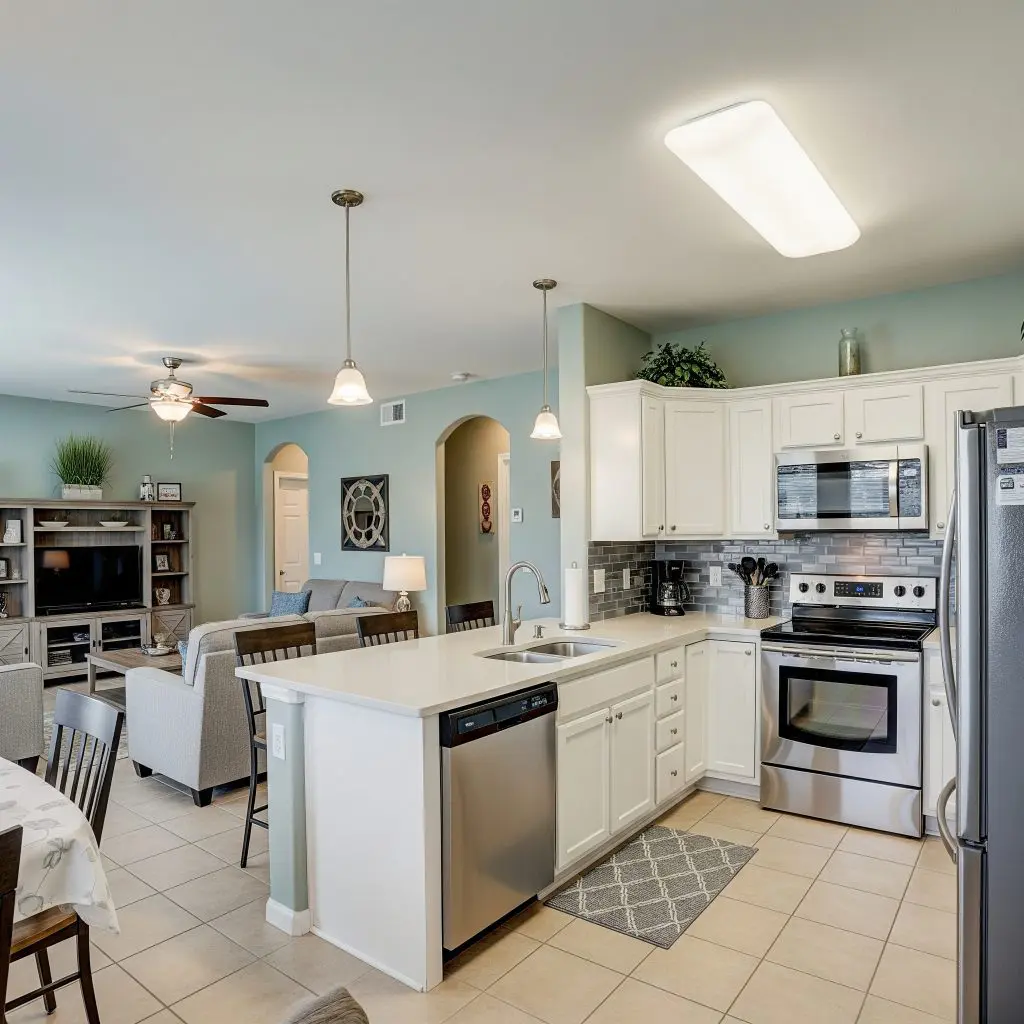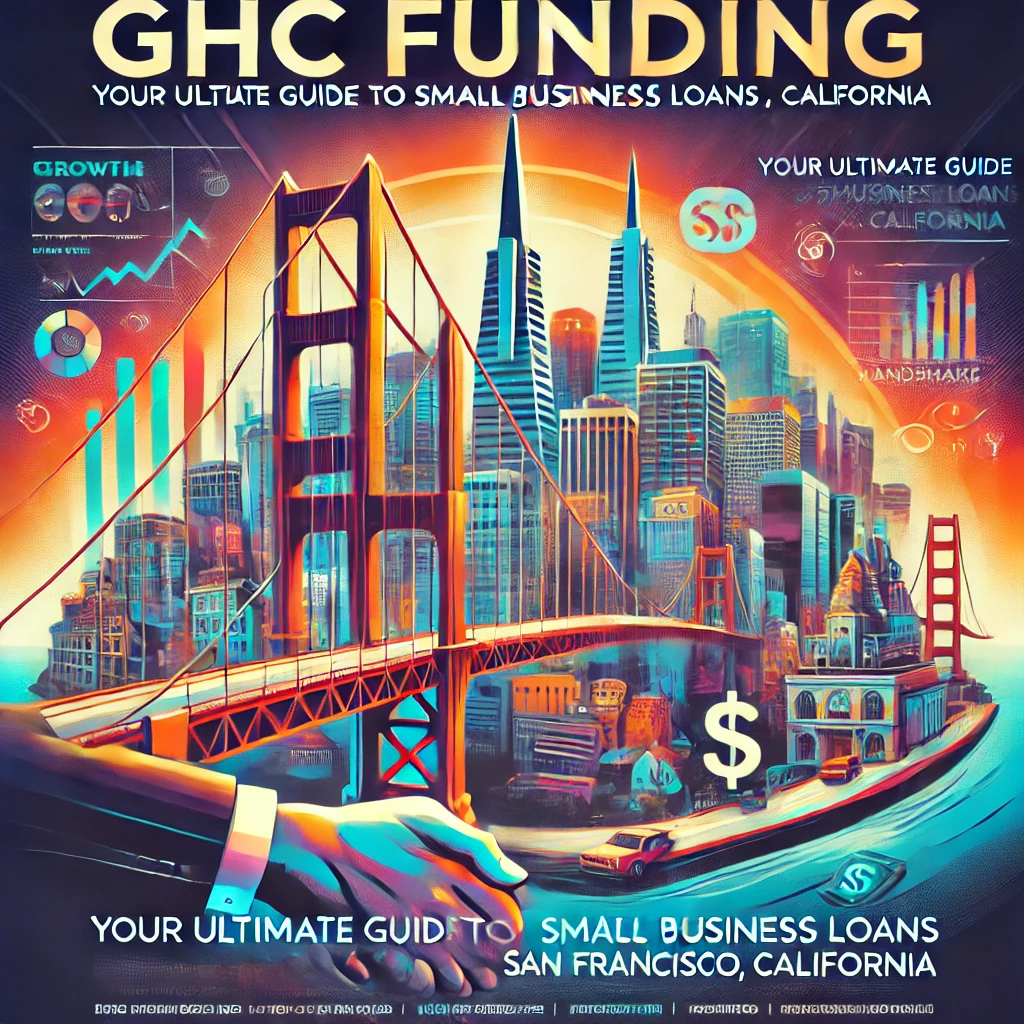Illinois Inflation Budgeting & Real Estate Investment Guide 2025
As 2025 unfolds, Illinois faces a unique economic landscape shaped by inflation, evolving urban centers, and shifting demographic trends. Investors and residents alike must understand how inflation impacts local finances and discover the most resilient real estate investments amid uncertainty. This comprehensive guide delves deeply into Illinois-specific budgeting strategies, local real estate market opportunities, and economic drivers affecting both families and investors statewide.
- Illinois Inflation Budgeting & Real Estate Investment Guide 2025
- Illinois Economic Indicators and Inflation Trends (2022–2025)
- Cost of Living and Budgeting in Illinois: Inflation-Proofing Your Lifestyle
- Best Real Estate Investment Opportunities in Illinois (2025)
- Illinois Major Metro Areas: Real Estate and Inflation Snapshot
- Illinois Real Estate Market Trends: 2025 Insights
- Budgeting for Property Taxes and Local Government Policies
- Illinois-Specific Inflation Hedging Strategies
- Key Regulatory and Market Risks
- Illinois Population Growth and Economic Drivers
- Infrastructure and Geographic Considerations for Illinois Investors
- Practical Examples: 2025 Opportunities in Illinois Cities
- Local Success Stories in Illinois Real Estate Investment
- Illinois 2025 Economic Forecast and Projections
- Conclusion: Illinois Real Estate and Budgeting for Inflation in 2025
Illinois Economic Indicators and Inflation Trends (2022–2025)
- 2025 Projected Statewide Inflation Rate: 4.6% (2023–2024 average was 5.1%)
- Chicago CPI (Consumer Price Index): Outpacing national average by 0.7% due to rising energy, housing, and transportation costs
- Unemployment Rate: 4.2% as of Q1 2025, stabilizing after post-pandemic fluctuations
- Median Household Income: $74,800 (2025 est.), with real wage growth lagging behind inflation
- Population Growth: Modest decline in rural counties, slight increase in key metro areas (Chicago, Naperville, Champaign-Urbana)
- Major Economic Drivers: Healthcare, finance, manufacturing, distribution/logistics, and technology
Cost of Living and Budgeting in Illinois: Inflation-Proofing Your Lifestyle
Illinois’ diverse regions create unique cost-of-living challenges. Households must budget for rising utilities, higher property taxes, and variable housing costs—especially in greater Chicago. Below are Illinois-specific strategies for 2025:

1. Housing & Utilities
- Average Rent (Chicago Metro): $2,280/month for a 2-bedroom (+5.7% in 2024)
- Utility Increases (statewide): 8–11% due to energy and water costs
- Budget Tip: Lock in lease terms where possible; consider energy-efficient upgrades eligible for state rebates
2. Transportation
- Urban Transit: CTA fares up 6.2%, Metra commuter lines less affected
- Gas and Insurance: Costs outpacing Midwest average
3. Food & Essentials
- Grocery Prices: Up 4% across major cities; focus on Illinois-grown produce and farmers’ co-ops for savings
4. Property Taxes
- Illinois reports some of the highest property tax rates in the nation, at 2.23% (2024 average). Be prepared for tax increases in line with property reevaluations.
Best Real Estate Investment Opportunities in Illinois (2025)
Amid high inflation, real estate remains a premier hedge—particularly in thriving urban rental markets. Illinois, and especially metro Chicago, presents dynamic opportunities:
Need capital? GHC Funding offers flexible funding solutions to support your business growth or real estate projects. Discover fast, reliable financing options today!
Test Your Expertise: The Complexities of the 1031 Exchange

As a sophisticated real estate investor, you understand that the 1031 Exchange is a cornerstone strategy for tax deferral and wealth accumulation. But beyond the basics, the intricacies of the 1031 Exchange rules can pose significant challenges. This quiz is designed to test your in-depth knowledge and highlight critical nuances that separate casual investors from true experts in 1031 Exchange transactions.
Instructions: Choose the best answer for each question.
⚡ Key Flexible Funding Options
GHC Funding everages financing types that prioritize asset value and cash flow over lengthy financial history checks:
-
Bridge Loans: These are short-term loans used to "bridge the gap" between an immediate need for capital and securing permanent financing (like a traditional loan or sale). They are known for fast closing and are often asset-collateralized, making them ideal for time-sensitive real estate acquisitions or value-add projects.
-
DSCR Loans (Debt Service Coverage Ratio): Primarily for real estate investors, these loans are underwritten based on the property's rental income vs. debt obligation ($\text{DSCR} = \text{Net Operating Income} / \text{Total Debt Service}$), not the borrower's personal income or tax returns. This offers flexibility for those with complex finances.
-
SBA Loans: The Small Business Administration (SBA) guarantees loans offered by partner lenders. While providing excellent terms (long repayment, lower rates), the application process is typically slower than private/bridge funding, often making them less suitable for immediate needs. SBA eligibility heavily relies on the DSCR metric for repayment assessment.
🌐 Learn More
For details on GHC Funding's specific products and to start an application, please visit their homepage:
The Ultimate DSCR Loan for Rental Property Quiz

Are you looking to expand your real estate investment portfolio? A DSCR loan might be the perfect tool to help you achieve your goals without relying on traditional income documentation. Test your knowledge with this quiz to see if you're ready to master the intricacies of a DSCR loan for rental property.
Urban Rental Properties: Spotlight on Chicago and Surrounding Cities
Why Urban Rentals?
- Strong Rental Demand: Returning population growth in the Loop, West Loop, and River North; increasing demand in smaller cities like Naperville and Champaign
- Limited New Supply: Chicago city permitting slowed, creating upward pressure on rents
- Stable Employment Centers: Major employers in finance, healthcare, education, and technology maintain robust job markets
Top Illinois Urban Rental Investment Markets in 2025
- Chicago Loop & River North: High-occupancy luxury and mid-market apartments; 6–8% annual rent growth
- Wicker Park & Logan Square: Gentrification and transit-accessible multifamily buildings
- Naperville & Evanston: College and professional tenant base; strong long-term appreciation
- Champaign-Urbana: Driven by University of Illinois student/faculty demand
Case Study: Logan Square 3-Unit Conversion (Chicago)
In 2023, a local investor purchased a two-flat in Logan Square for 0,000 and converted it into a three-unit rental. Each unit rents for $2,300/month in 2025, netting over $6,500 in gross income monthly—far outpacing inflation and benefiting from continued urban renewal.
Illinois Major Metro Areas: Real Estate and Inflation Snapshot
| Metro Area | Median Rent (2025) | Price Growth (’23–’25) | Rental Vacancy |
|---|---|---|---|
| Chicago | $2,350 | 11% | 5.2% |
| Springfield | $1,280 | 5.1% | 7.1% |
| Champaign–Urbana | $1,420 | 8.8% | 3.9% |
| Naperville-Aurora | $2,100 | 9.4% | 4.4% |
| Peoria | $1,120 | 2.7% | 6.9% |
Illinois Real Estate Market Trends: 2025 Insights
- Continued Multifamily Construction: Focused on luxury and mixed-income projects in Metro Chicago
- Adaptive Reuse of Older Office Buildings: Especially prevalent in downtown Chicago (new rental housing supply)
- Suburban Rentals Surge: Hybrid work pushes more families to suburban county rental units with high amenities
- Higher Cap Rates: Cap rates average 6.4% in Chicago rentals, outpacing many coastal metros
Budgeting for Property Taxes and Local Government Policies
Property Tax Considerations: Illinois’ property tax system is county-administered and highly variable. In Cook County, rates exceed 2.7%, while DuPage County hovers near 2.18%. Homeowners and investors must budget for annual increases typically aligned with inflation and local bond obligations (especially to fund schools and pensions).
✅ Small Business Resources
-
SBA – Small Business Administration
https://www.sba.gov - SCORE Mentors (Free Mentoring & Workshops)
https://www.score.org - Small Business Development Centers (SBDC)
https://americassbdc.org
Are You an SBA Real Estate Loan Expert?

Test your in-depth knowledge on using SBA Loans for owner-occupied commercial Real Estate acquisition. These questions delve into the critical details that can impact your business's growth and financial strategy.
State and Local Economic Policy: Illinois invests heavily in transportation infrastructure, affordable housing grants, and rental assistance programs. In 2025, new legislation incentivizes energy-efficient retrofits and infill development, especially in transit-rich urban corridors. The Chicago Opportunity Zones program continues to offer tax benefits to redevelopers of under-utilized properties.
Illinois-Specific Inflation Hedging Strategies
- Urban Rentals as Inflation Hedge: Lease structures with 2–4% annual escalators; lock-in quality tenants
- Tax Incentives: Maximize local property tax abatement opportunities for renovations and historic redevelopment
- Leverage Opportunity Zones: Invest in qualifying neighborhoods for potential capital gains tax deferral and future appreciation
- Diversify within Metro Areas: Blend core urban holdings (e.g., Chicago) with stable mid-sized cities (Naperville, Champaign) to buffer volatility
Key Regulatory and Market Risks
- Rent Control: Currently pre-empted statewide; some political advocacy for local measures
- Zoning Laws: Variability between Chicago proper and suburban jurisdictions; ongoing reforms may unlock new development
- Affordable Housing Mandates: New projects in Chicago require set-asides for low/moderate-income residents
Illinois Population Growth and Economic Drivers
- Chicago Metro Population: Slight increase in 2024–2025, driven by young professionals and immigrant communities
- Suburban Growth: Aurora, Joliet, and Naperville growing faster than city proper (1.1%–1.7%)
- Downstate Trends: Decline in small/rural towns; college towns (Champaign, Urbana, Normal) show resilience
- Key Employers: University of Illinois System, Abbott Laboratories, McDonald’s HQ, healthcare/biotech clusters
Infrastructure and Geographic Considerations for Illinois Investors
- Transit Accessibility: Proximity to ‘L’ lines, Metra, and expressways crucial for rental desirability
- Climate Risks: Flood zones near Chicago River/Lake Michigan; tune insurance and due diligence accordingly
- Future Mega-Projects: O’Hare expansion, South Side and West Loop redevelopment, and new Amazon logistics centers
Practical Examples: 2025 Opportunities in Illinois Cities
- Chicago – Pullman Opportunity Zone: Investors purchased vacant industrial land, converted to workforce housing, and leased quickly due to local job growth. Tax deferral benefits applied.
- Naperville: Two-family rental conversions in high-performing school districts show 97% occupancy and above-average cash flow despite rising property taxes.
- Champaign-Urbana: Student housing investments adjacent to campus report high rent increases as enrollment stabilizes and construction remains limited.
- Springfield: Government and medical sector-driven rental demand supports steady multi-unit cash flow.
Local Success Stories in Illinois Real Estate Investment
✅ Real Estate Investor Resources
-
AirDNA (Short-Term Rental Data)
https://www.airdna.co - Rentometer (Rent Comps)
https://www.rentometer.com - Zillow Research & Data
https://www.zillow.com/research
DSCR Loan IQ Quiz!

Test your knowledge of Debt Service Coverage Ratio (DSCR) loans!
Case Study: South Loop Adaptive Reuse (Chicago) – In 2024, a group of local investors purchased a mid-rise office building for .6 million, converted it to mixed-use residential, and achieved 90% lease-up within eight months. The project leveraged state green grants, local tax credits, and Chicago Opportunity Zone status for double-digit annual yields—beating inflation even as maintenance and insurance costs rose.
Illinois 2025 Economic Forecast and Projections
- Steady Growth in Key Sectors: Healthcare, distribution, finance, and technology continue to drive regional GDP increases
- Rental Market Remains Undersupplied: Construction not keeping pace with demand in key metro/suburban nodes
- Inflation Stabilizes—But Costs Remain High: Expect 4–5% inflation, with property taxes and housing leading
- Urban Rental Properties Will Outperform Other Segments: Especially in neighborhoods with access to employment, transit, and amenities
- Retail and Office Struggle; Conversion Opportunities Abound: Adaptive reuse projects will remain popular investment plays
Conclusion: Illinois Real Estate and Budgeting for Inflation in 2025
Illinois remains a powerful market for those who understand its micro-markets, regulatory climate, and demographic shifts. Budgeting for inflation in 2025 means anticipating higher taxes, utility costs, and rents—especially in fast-growing metropolitan areas. But for real estate investors, well-chosen urban rental properties—particularly in Chicago and emerging metro areas like Naperville and Champaign—offer the most reliable inflation hedge. Blending local policy incentives, market analysis, and a keen understanding of neighborhood dynamics gives Illinois landlords and investors the tools to thrive in an inflationary era.
Get a No Obligation Quote Today.



